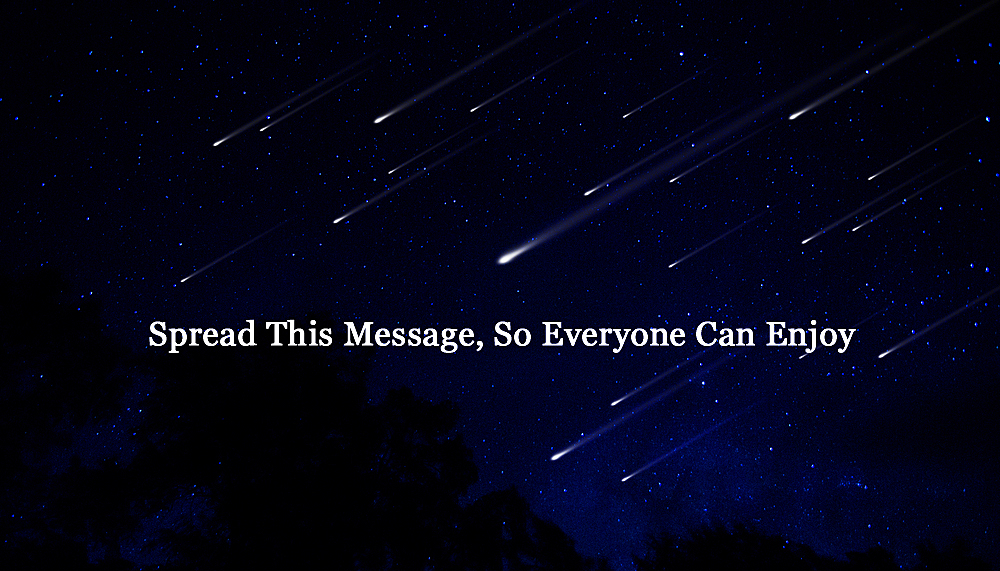How To Watch This The Stunning Orionid Meteor Showers When They Peak On October 20-21, 2016
Look up at the sky this coming Thursday and Friday because the Orionid meteor shower will be in full effect with shooting stars streaking across the heavens! The annual shower has been known to put on a spectacular light show in years past and it officially peaks on October 20-21st.
Ever since October 2nd our planet has been moving through the debris trail left by Halley’s Comet and on November 7th it finally exits it. All the shooting stars you see and make wishes on are actually teeny bits of rock and tiny pieces of ice which fell off the comet and burn up as they enter the Earth’s atmosphere. This year astronomers are predicting that anywhere from 15-20 meteors per hour will zip through the sky but there could very well be an unexpected burst of activity! We won’t know for sure until the time comes.
Speaking of time, the best times to view the Orionids are from midnight onward through the early morning darkness. Prime viewing hours are expected to fall between one and three a.m. which is well before the sun rises at dawn.
This meteor shower also happens to be visible from anywhere on Earth so it doesn’t matter where you live, you can simply tilt your head back to see them flash across the sky. While it’s best to look in the direction where the meteors come from, which is in the constellation Orion, many of us don’t know where or how to find it. Professional or advanced star gazers are advised to locate the super shiny bright star Betelgeuse, which is located in the constellation of Orion. For those less acquainted with the night sky, you can use your cell phone as a navigation tool by downloading an app that tells you exactly where it is in the universe. All you need to do is point your phone at the sky and it charts, identifies, and maps exactly what you’re looking at. There are a number of these astronomy apps available, including SkySafari and Star Walk, both are excellent and easy to use.
For optimal results, once you locate Orion look slightly away from it because the meteors closest to it will have short tails and thus appear fainter than the rest. You’ll also want to find a quiet, open spot away from any light pollution. The number one rule of star gazing is the darker the skies, the better the viewing!
Since the moon will be in a waning gibbous phase that evening, the light from it will definitely cause some interference with the shower. Be sure to check your local forecast as well but as long as the sky is clear you should be able to see some shooting stars. Check out the accompanying video for more information on the Orionids and mark your calendar so you don’t forget!
This meteor shower presents an awesome opportunity for you to gather up your loved ones, and don’t forget any pets, to get outside and do some sky gazing. Drink some apple cider, wine, or cocoa and make it a nice relaxing evening under the stars!
Spread This Message So Everyone Can Enjoy 🙂





